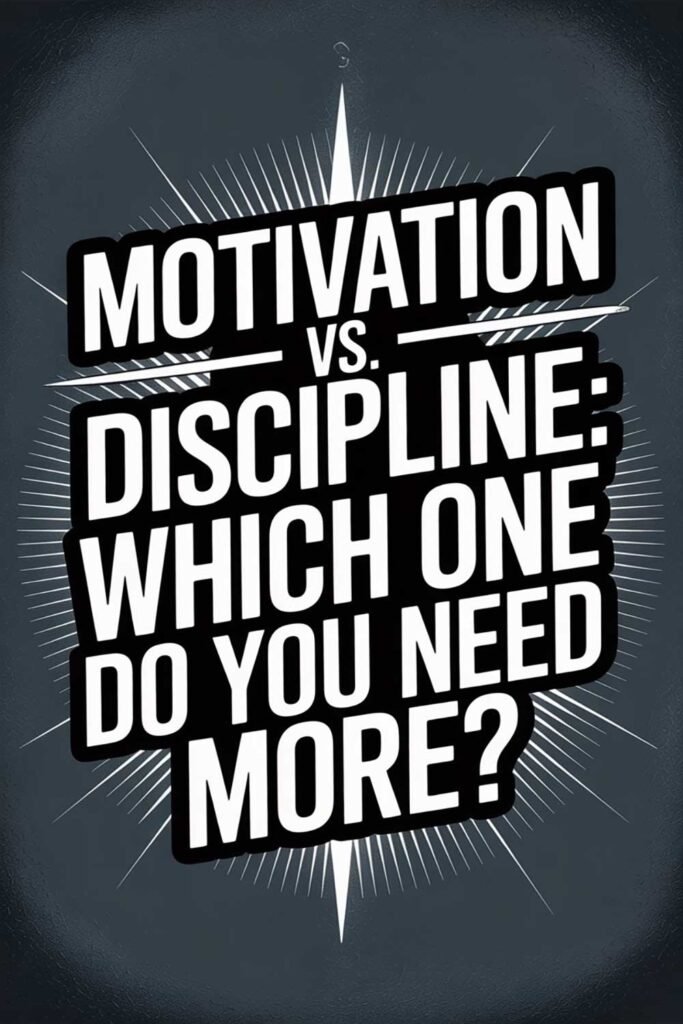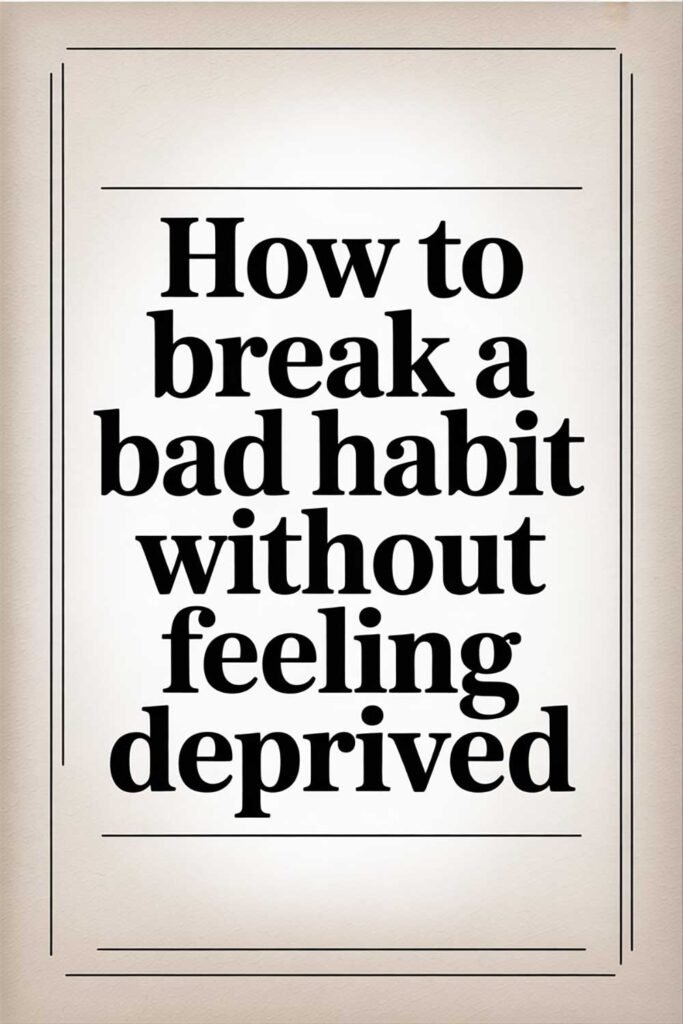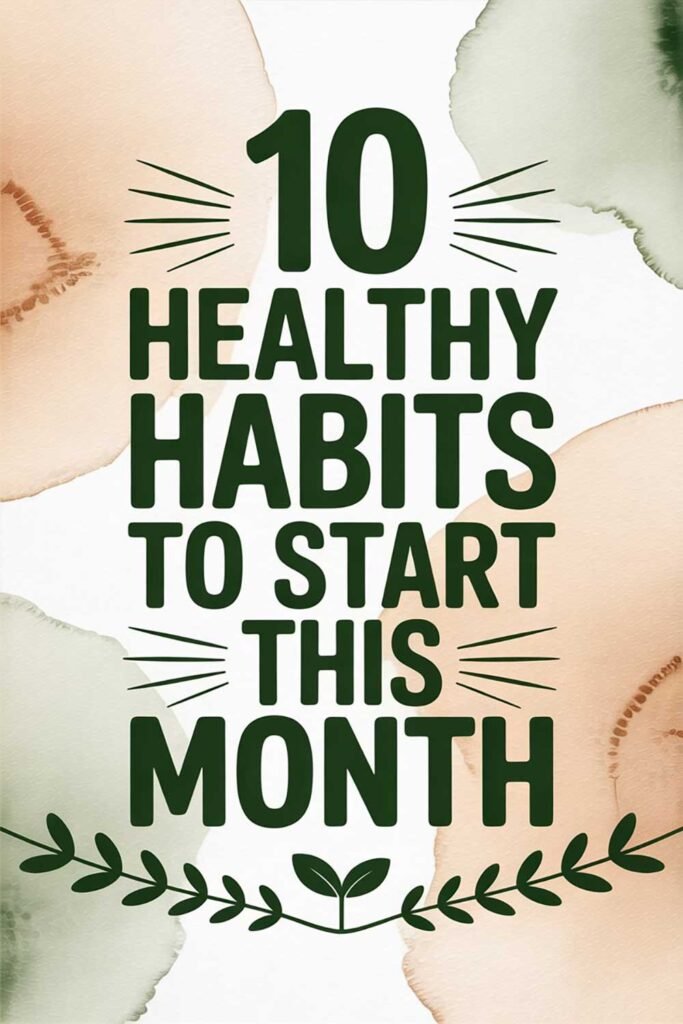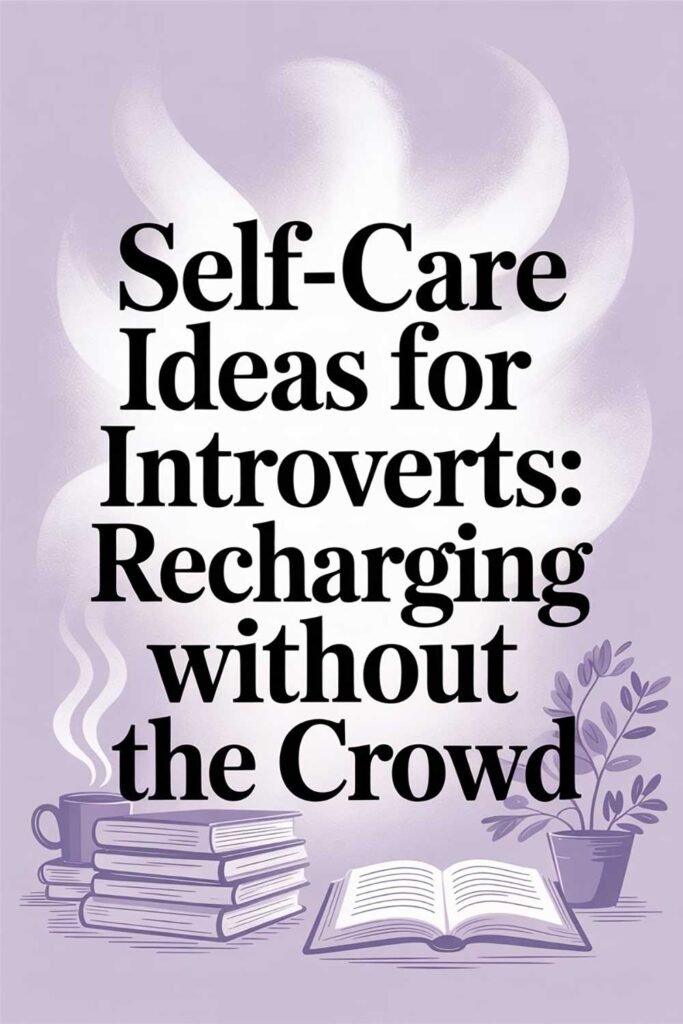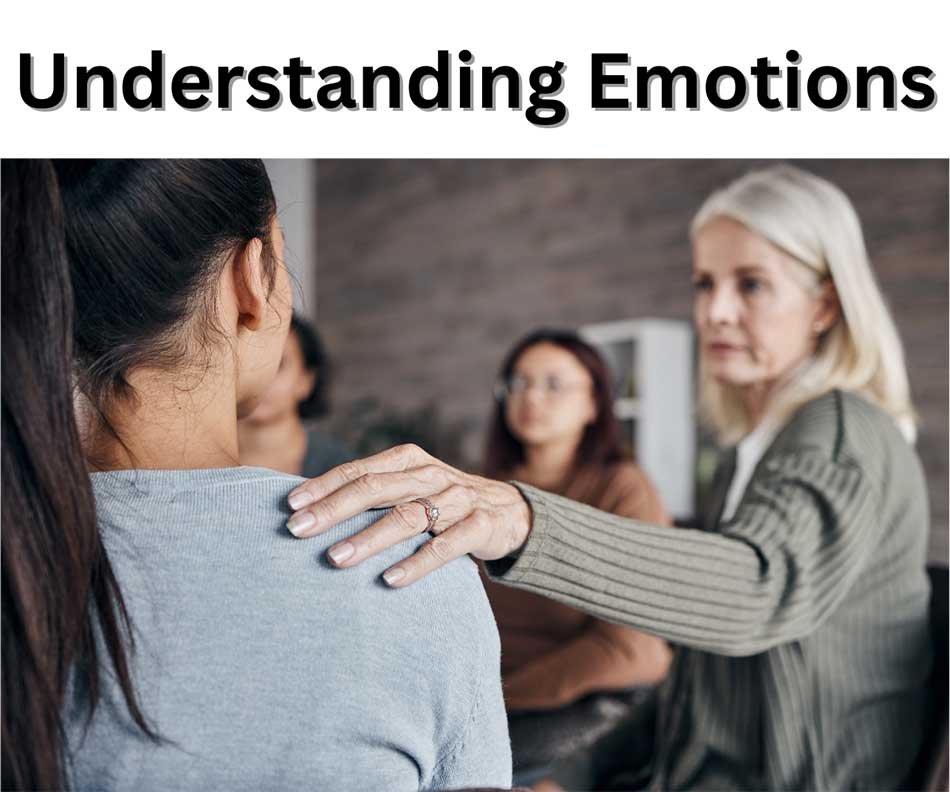
If you know someone who could benefit from this article, please share it with them. Understanding emotions can empower better relationships, decision-making, and personal growth.
Understanding Emotions: A Guide to Navigating Your Inner World
What Are Emotions?
Emotions are complex psychological states that arise in response to internal or external stimuli. They influence your thoughts, behaviors, and interactions with the world around you. Understanding your emotions helps you navigate challenges, build stronger relationships, and make informed decisions.
Components of Emotions
- Physiological Response: Physical reactions such as increased heart rate or sweating.
- Cognitive Appraisal: The thoughts or interpretations that accompany an emotion.
- Behavioral Expression: How you outwardly display your emotions, like smiling or crying.
Types of Emotions
- Primary Emotions: Universal emotions such as happiness, sadness, anger, fear, surprise, and disgust.
- Secondary Emotions: More complex emotions like guilt, pride, embarrassment, or jealousy, often influenced by cultural and personal experiences.
Why Understanding Emotions Matters
- Improved Relationships: Enhances empathy and communication with others.
- Better Decision-Making: Helps align your choices with your values and goals.
- Personal Growth: Builds self-awareness and emotional resilience.
- Reduced Stress: Promotes healthy coping mechanisms for emotional regulation.
How to Identify Your Emotions
1. Pause and Reflect
Take a moment to assess what you’re feeling. Labeling your emotions can help you gain clarity.
- Questions to Ask:
- What am I feeling right now?
- What triggered this emotion?
- How is this emotion affecting my thoughts and actions?
2. Observe Physical Sensations
Your body often signals your emotions before your mind processes them.
- Examples:
- Tight chest or clenched fists may indicate anger or anxiety.
- A relaxed posture might reflect contentment or relief.
3. Distinguish Between Primary and Secondary Emotions
Identify whether you’re experiencing a basic emotion or a more nuanced one. Understanding this distinction can deepen self-awareness.
4. Journaling
Write about your emotions and the circumstances that triggered them. Journaling helps uncover patterns and insights over time.
How to Manage and Regulate Emotions
1. Practice Mindfulness
Stay present and observe your emotions without judgment. Mindfulness helps you respond rather than react.
- Techniques:
- Deep breathing exercises.
- Body scans to check in with physical sensations.
- Guided meditations.
2. Reframe Your Thoughts
Challenge negative thought patterns and replace them with constructive perspectives.
- Example: Instead of thinking, “I’ll never succeed,” try, “This is a challenge I can learn from.”
3. Use Healthy Outlets
Express emotions constructively through activities like:
- Exercise.
- Creative pursuits (writing, painting, music).
- Talking with a trusted friend or therapist.
4. Set Boundaries
Protect your emotional well-being by saying no to situations or relationships that drain you.
5. Practice Gratitude
Shift your focus to positive emotions by acknowledging things you’re thankful for each day.
The Role of Emotional Intelligence
Emotional intelligence (EQ) is the ability to understand and manage your emotions and those of others. It consists of five key components:
- Self-Awareness: Recognizing your emotions and their impact.
- Self-Regulation: Managing emotional reactions effectively.
- Motivation: Using emotions to drive positive actions.
- Empathy: Understanding others’ emotions.
- Social Skills: Building strong relationships and resolving conflicts.
Practical Exercises to Deepen Emotional Understanding
- Emotion Tracking: Keep a daily log of your emotions and their triggers.
- Empathy Practice: Reflect on how others might feel in various situations.
- Guided Journaling: Use prompts like “What emotion did I feel most strongly today?” or “How did I handle a challenging emotion?”
- Visualization: Imagine yourself successfully managing an emotional challenge to build confidence.
Picture This
Imagine moving through life with a deep understanding of your emotions. You recognize what you feel, why you feel it, and how to respond constructively. This awareness improves your relationships, decision-making, and overall sense of well-being. What step will you take today to better understand your emotions?

